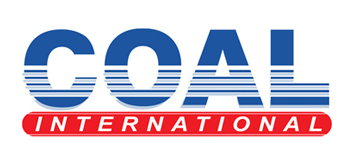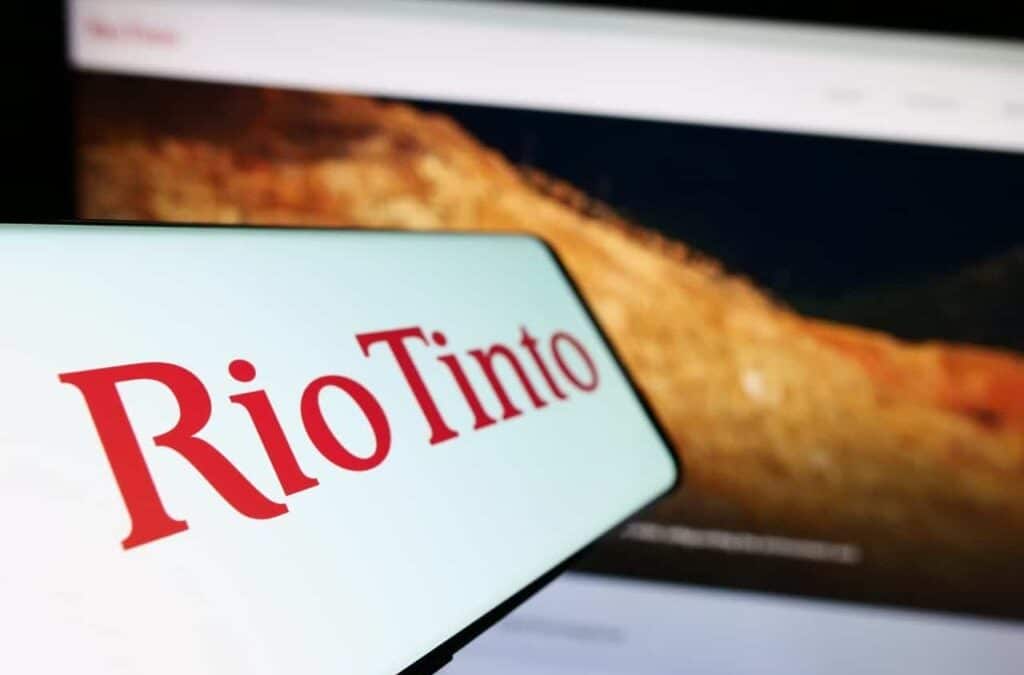Rio Tinto will work with Hydro to identify, evaluate and advance carbon capture technologies for aluminium smelting, committing approximately $45 million over five years to the initiative.
The two companies will focus on identifying commercially viable carbon capture solutions, spanning laboratory tests with external suppliers to large-scale, on-site pilots.
The companies have signed a partnership agreement that provides for the sharing of certain information, results and costs covering specific research and development (R&D) activities
Work will be conducted primarily at Rio Tinto’s European facilities and Hydro’s operations in Norway.
“Rio Tinto is committed to reaching net-zero emissions from our operations by 2050, and we know that achieving our climate objectives will require a portfolio of solutions,” Rio Tinto chief executive Jakob Stausholm said.
“By working in partnership with Hydro to assess certain carbon capture technologies for aluminium smelters, we are finding better ways to leverage our complementary networks and R&D capabilities to address the climate change challenge.”
Anode consumption during the electrolysis process accounts approximately three quarters of a smelter’s direct CO₂ emissions.
Both companies have been exploring carbon capture solutions to complement their broader decarbonisation efforts, including Hydro’s HalZero technology and Rio Tinto’s participation in the ELYSIS joint venture.
“Hydro is accelerating our ambitious roadmap to achieve net-zero aluminium production by 2050 or sooner, advancing solutions across every step of our value chain – from mine to metal,” Hydro president and chief executive officer Eivind Kallevik said.
“Carbon capture technologies are critical to decarbonising existing smelters, and our partnership with Rio Tinto will amplify efforts to develop fit-for-purpose solutions that can accelerate the aluminium industry’s transition towards net-zero production.”
The companies said it is a challenge to capture carbon from aluminium smelter flue gas, where CO₂ concentrations are around one per cent.
This requires either adapting direct air capture technologies for higher concentrations or point source solutions for lower concentrations, both of which remain at a low technology readiness level.
By combining their expertise, Rio Tinto and Hydro aim to accelerate the development of carbon capture technologies, advancing the aluminium sector’s efforts to reduce emissions.



